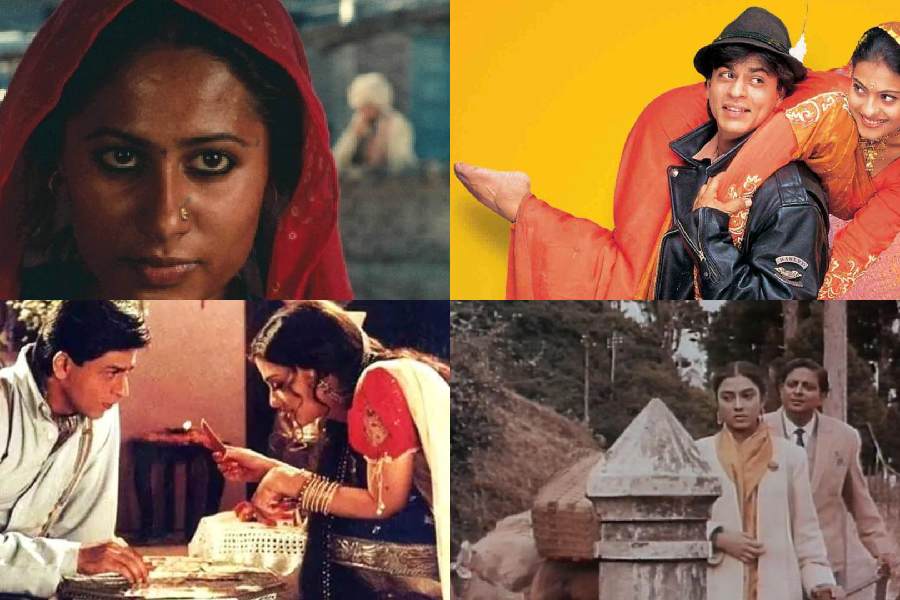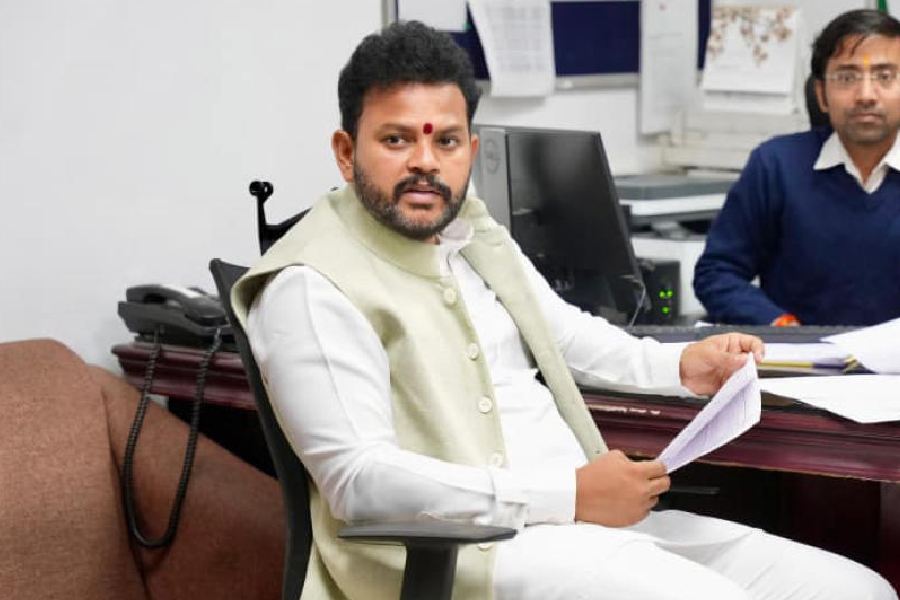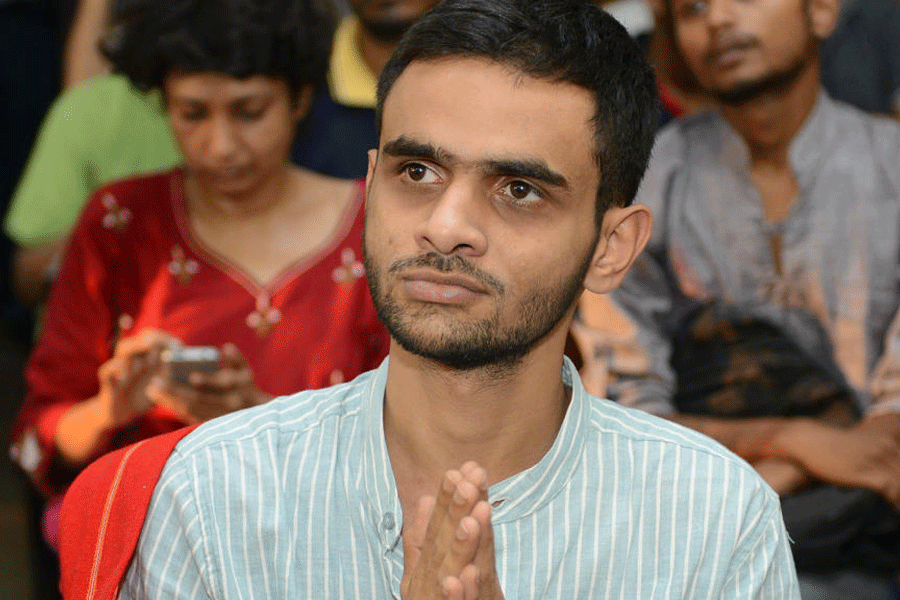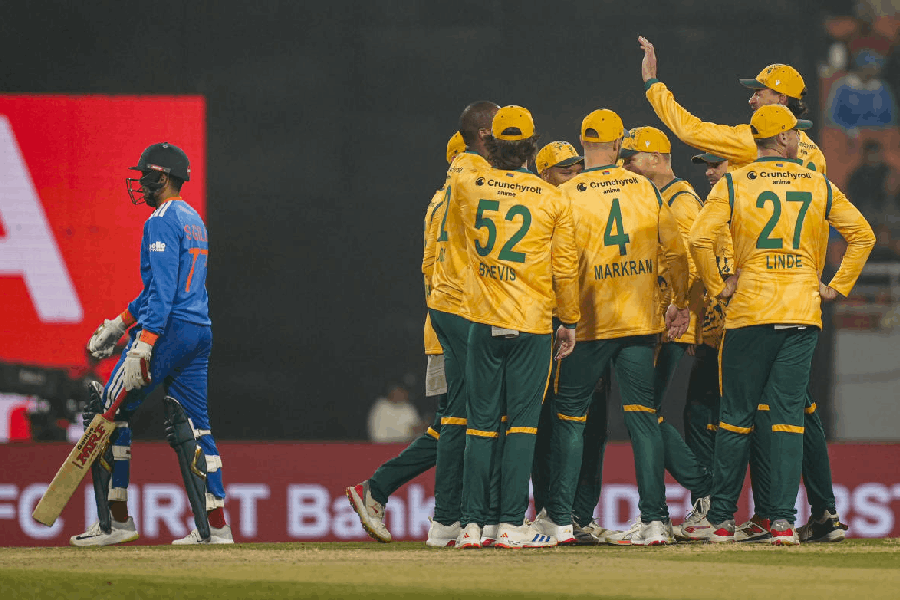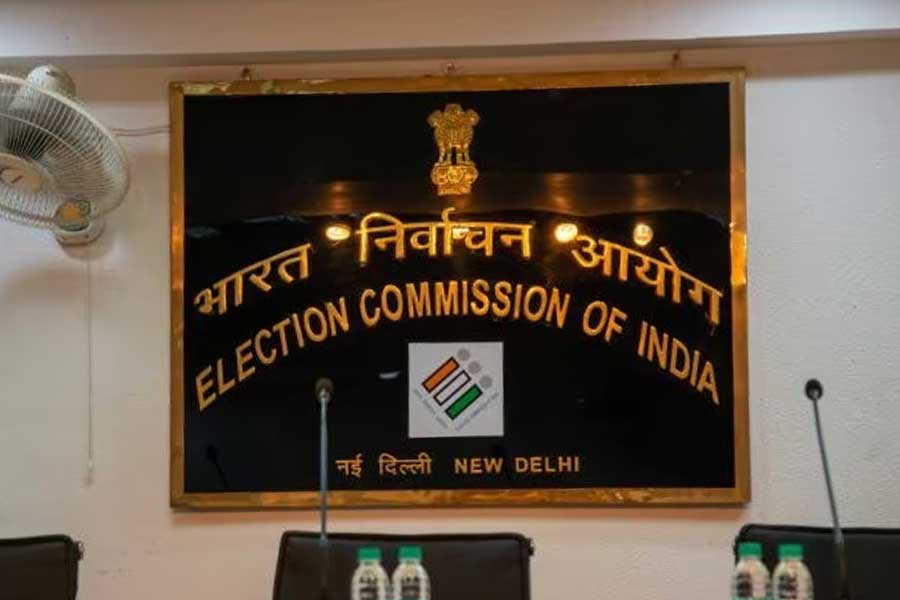The Academy Museum of Motion Pictures in Los Angeles is set to host a film festival dedicated to Indian cinema later this year. Titled ‘Emotion in Colour: A Kaleidoscope of Indian Cinema’, the festival will feature a curated selection of 12 iconic films from India at the Academy Museum from March 7 to April 19.
The lineup has been curated by film preservationist Shivendra Singh Dungarpur, the founding director of Film Heritage Foundation, a not-for-profit organisation dedicated to film restoration and preservation.
The content slate for ‘Kaleidoscope of Indian Cinema’ includes Hindi films Mother India (1957), Maya Darpan (1972), Manthan (1976), Amar Akbar Anthony (1977), Mirch Masala (1987), Dilwale Dulhania Le Jayenge (1995), Devdas (2002) and Jodhaa Akbar (2008).
Manipuri film Ishanou (1990), Malayalam film Kummatty (1979), Bengali film Kanchenjungha (1962) and Tamil film Iruvar (1997) are also part of the lineup.
“Most Western audiences are not aware of the sheer breadth, depth, and diversity of Indian cinema, with six major geographically and linguistically different film industries making over 2,000 films in Hindi, Tamil, Telugu, Kannada, Malayalam, and Bengali every year — not to mention a multitude of films in different languages and dialects made in virtually every corner of the country,” the Academy Museum wrote on its website.
“This selection of films represents the many hues and emotions of Indian cinema across eras, regions, languages, and genres: from the grandeur of period epics to feminist rebellion in colonial times; from the churning of change and hope of a country newly born to political drama; from romance and escapism to serious contemplations of society in experimental and Parallel Cinema,” the Academy Museum added.

